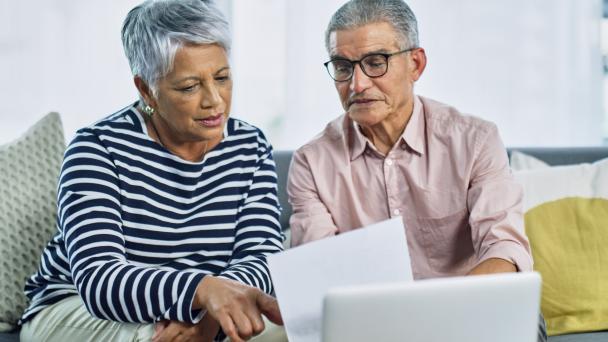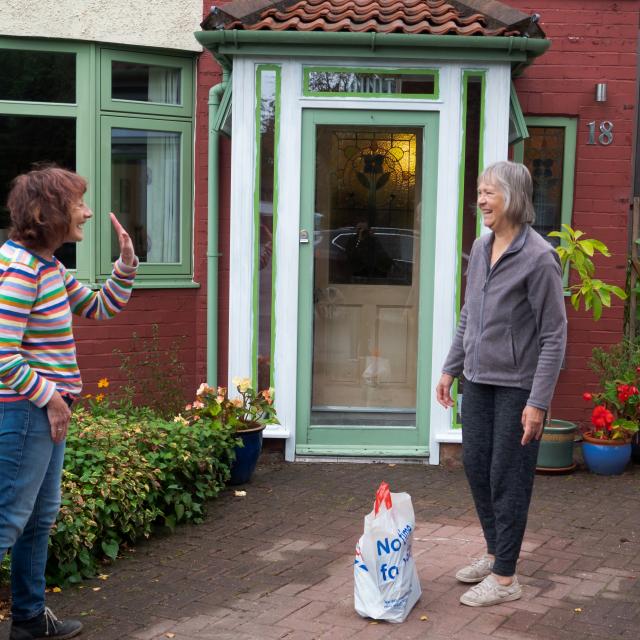Planning and Preparing for Later Life


Centre for Ageing Better (Ageing Better) commissioned NatCen to undertake survey research and qualitative depth interviews to explore the effects of the pandemic on people aged 50-70.
The survey research has been published by Ageing Better in reports Community spirit, No place like home, Community connectedness in the COVID-19 outbreak, and Volunteering and helping out in the COVID-19 outbreak.
This separate piece of qualitative work was commissioned as part of the broader study, to help explain the patterns established from the survey data. In particular, to understand why:
People’s subjective feelings about their income or economic situation, and long term-health conditions, were important in affecting their feelings about connections with others. But they were not the only or main factors determining this during the pandemic. Three broad patterns emerged:
Participants told us they largely drew on informal channels of support, including family, friends and neighbours. Discussion focused on arranging support bubbles, or activities as part of communities, such as religious or faith-based communities, to which participants already belonged. Practical tasks such as ‘picking up and dropping off’ people and shopping, doing housework for people who were less mobile or able, and sometimes carrying out minor repairs, where typical of the type of tasks undertaken. Those who had formally volunteered pre-COVID-19 recognised the personal benefits to themselves of doing so (e.g. feeling less isolated and more connected to their community). These benefits diminished, however, as in-person, face-to-face volunteering disappeared or moved online. Some participants stopped volunteering altogether because they, or someone they lived with, was vulnerable.
Online activity increased for all interviewees during the pandemic. But attitudes diverged on the extent to which this was welcomed. People of working age, with busy lives, and those who found it difficult to meet in person embraced technology or online connections. People who were retired, like to get ‘out and about’, or who valued face-to-face contact for fun or emotional support and caring were less enthusiastic. Confidence to go online, potential fraud, too much targeted marketing, access to affordable broadband, and difficulties with hand-held devices and small text stopped people who were approaching later life going online as much as they would like to.
The size of participants’ homes relative to the number of people living there, and whether the space allowed for privacy and separate places to work or study, were important to people’s levels of satisfaction with their homes. People with properties which were cold, damp or poorly insulated found that existing health problems, such as asthma and arthritis, were exacerbated. Those who did not have the financial means to pay for such repairs, or were unable to carry out the repairs due to their disability, experienced effects on their mental wellbeing as a result. Having outdoor space - in gardens, the street, parks and by the sea - became more important to maintain physical and mental health, particularly for social distanced socialising, and to give other household members space.
The qualitative study consisted of 30 in-depth telephone or online interviews with people who agreed to be contacted after survey. To be eligible for the qualitative study, participants had to say that they were ‘just getting by’, or ‘finding it quite difficult’ or ‘very difficult’ to manage financially. People with a broad range of characteristics were purposively sampled by age, gender, urban/rural, housing tenure, household composition, and people with and without long-term health conditions or disabilities.
Contributors: Dr Aideen Young and Dr Christine Oliver, Centre for Ageing Better
Receive a regular update, sent directly to your inbox, with a summary of our current events, research, blogs and comment.
Subscribe